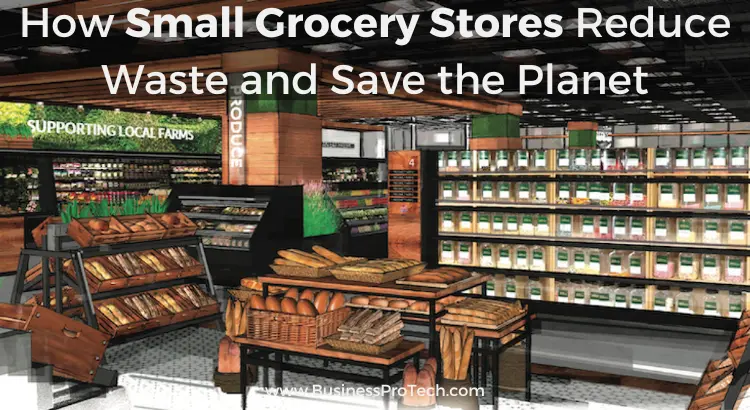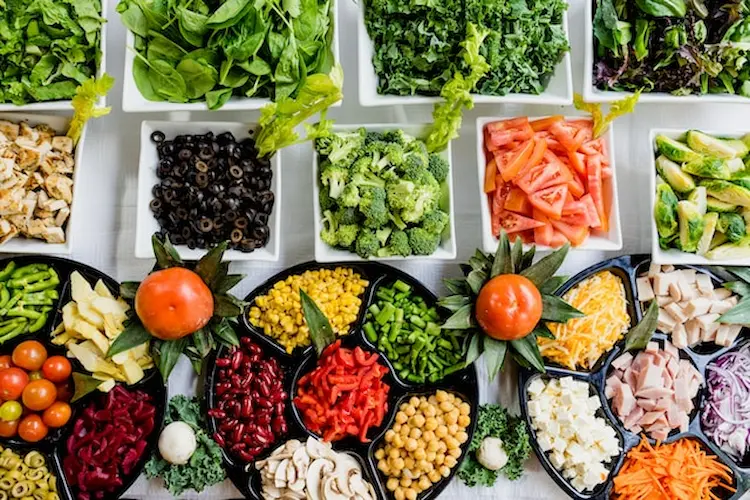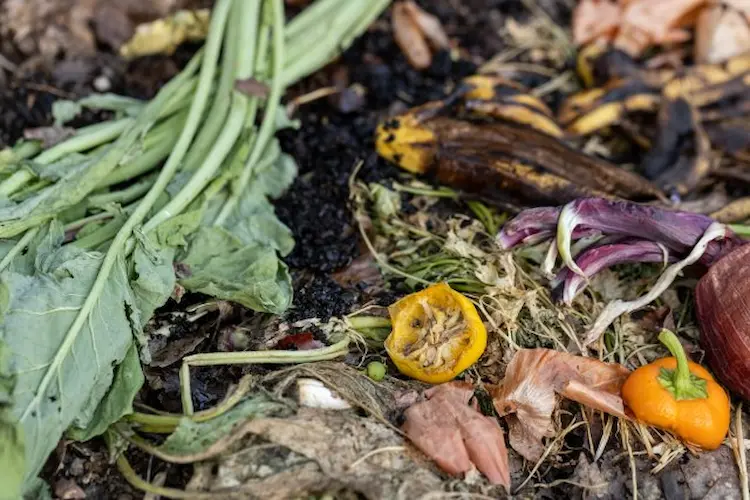Reducing waste in small grocery stores is environmentally responsible and can lead to cost savings and improved customer satisfaction. However, making large changes in any business can take time and effort. By taking small steps and making changes slowly, your store can provide a better customer experience, reduce waste, and save money over time.
Here are some essential strategies to help you achieve waste reduction in your small grocery store:

Asset Management
Asset management is one of the most valuable ways to reduce waste and become more environmentally and physically responsible. A small grocery store can face challenges with simple upkeep of their fridges, freezers, HVAC, etc.
Using property asset management software is an excellent way to track when your fixed assets need inspections or preventative maintenance. This means that your cold storage will be fine, and you won’t be unnecessarily losing products that could be left with customers. Asset management is essential for any business to keep its valuable resources continuously functional.
Smart Purchasing
Implement smart purchasing strategies to help your grocery store reduce waste and save money. For example, order smaller quantities to reduce the risk of unsold products going to waste. Establish relationships with suppliers who allow flexible ordering and returns when possible.
Also, look for local suppliers for local perishable products or items in high demand locally for better sales and fresher, longer-lasting products.
Also Read: Sustainability and Steel: How Prefab Buildings are Reducing Environmental Impact
Minimize Packaging
Another way to reduce waste in your grocery store is to minimize packaging. This can be more difficult to implement, but you can gradually reduce your footprint and expenses by taking small steps.
For example, by encouraging customers to bring their reusable bags and containers, you can reduce the amount of used shopping bags. Also, try stocking products with minimal packaging or carrying bulk products that avoid packaging altogether.
Promotions and Discounts
Consider using promotions and discounts to move items more quickly or sell products that you have too many of. When you have products near their expiration dates, offer discounts and move them into high-visibility areas like end caps or near the front of the store. Buy-one-get-one-free promotions are also a great way to move perishable items quickly.
Proper Storage
Make sure that your store is up-to-date on the best storage practices. Storing products properly can extend their shelf life and keep them at their freshest for your customers. Train your employees on how to keep perishables at the right temperature and teach them to use the first-in, first-out (FIFO) method for rotational stocking.
Donate Excess Food

Ensure you donate everything possible to eliminate waste and throw less food away. Many expired foods can be donated to food pantries, homeless shelters, and other charities. Ensure that donated food meets safety and quality standards.
In some areas, those that cannot be donated for human food can be donated to farmers as animal food. This helps reduce the amount of waste going into landfills and supports local farmers.
Bulk Foods and Refill Stations
To reduce packaging waste, consider introducing bulk bins for grains, nuts, and other non-perishable items. Not only do these bulk foods help eliminate packaging waste, but they also allow customers to purchase exactly the amount of each item that they need.
Many of these items aren’t available in very small quantities, so offering bulk bins for these products allows your shoppers to customize the amount they purchase. You can also offer refill stations for cleaning products, detergents, and personal care items. Customers can bring their refillable containers, eliminate extra packaging waste, and save money on these products.
Composting

One creative option to help eliminate food waste is composting. Set up a composting system for food waste that can’t be donated or sold. While this can be a little complicated initially and has a learning curve, once your composting system works effectively, you can create large amounts of compost from food that would otherwise go to the landfill.
Your store can even donate the resulting compost to enrich the soil in community gardens or landscaping for charitable organizations.
Educate Customers
You can help educate your customers to eliminate waste and save them money. Place signage encourages customers to buy only what they need and consider purchasing items with shorter shelf life. Also, consider providing information on food storage and handling to extend the life of products after your customers take them home.
Finally, by offering various eco-friendly solutions for your customers, such as reusable shopping bags and refill stations, you will be helping people in your community learn new ways to reduce waste.

Monitor and Adjust
Make sure that you regularly analyze sales data and customer preferences to fine-tune your inventory. This can help you avoid purchasing items that will not interest your customers and can help you have enough of your most popular items on hand.
Seek customer feedback on the types of products they want and their preferences for reducing waste. By continually analyzing data, you can keep up to date with current purchasing trends and customer preferences to reduce waste and provide the best experience for shoppers.
Staff Training
Staff training can be an effective way to reduce the amount of waste that your grocery store generates. Train your staff on waste reduction strategies, proper storage techniques, and efficient inventory management.
Ensure your employees understand the new strategies you are implementing and why. If you add new departments, such as bulk bins, to your store, ensure that your staff understands how to help customers with these things and effectively manage, monitor, and clean them.
Recycling
Finally, ensure your grocery store is recycling as much as possible. Ensure proper separation and recycling of materials like cardboard, paper, and plastic, and ensure your staff is educated about the recycling guidelines and restrictions. Keep recycling bins readily available for customers and staff to use and ensure they are marked and easy to find.
Conclusion
By implementing these strategies, you can significantly reduce waste in your small grocery store while promoting sustainability and responsible business practices.
You will also save money by using many of these strategies and increase the attractiveness of your store to sustainably-minded shoppers. Make sure that your employees are educated in each new strategy as you implement them, and make changes slowly so you can monitor their effectiveness.